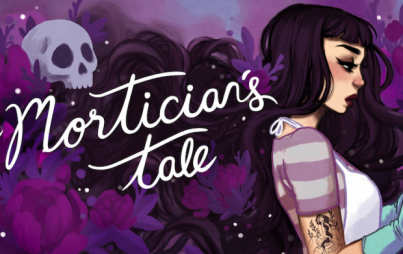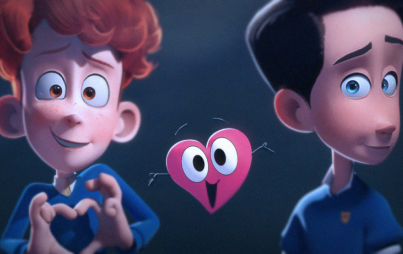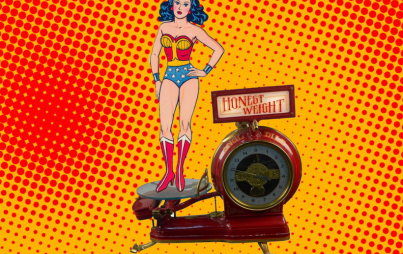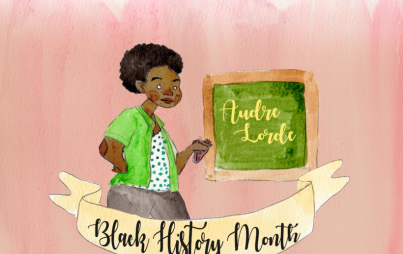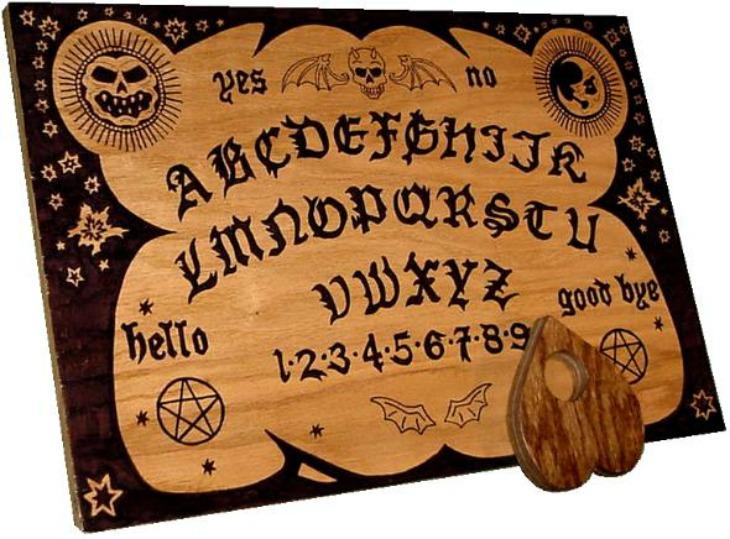
Credit: Wikimedia Commons
The Ouija board and its mysterious ability to divine one’s future has received a bump in recent years, no doubt aided by a flurry of pop culture references. The massively popular Paranormal Activity franchise featured Ouija in the first two movies, and the spooky game has popped up in various TV shows like Breaking Bad, Castle, Rizzoli & Isles and a slew of supernatural reality shows. The store Hot Topic features Ouija boards as part of its naughty teen merchandise collection, and there are numerous Ouija apps available for your phone-using pleasure.
Moreover, Hasbro—the current official Ouija board maker (because when tampering with supernatural forces, you of course want to use only the officially patented corporate version)—has released several new iterations, including a glow-in-the-dark version and a mystical redesign. There’s even a Ouija movie in the works.
Given this rekindling of interest in the controversial game, we’re taking a look at the history of the Ouija board.
Spiritualism and the Ouija Lead-Up
Ouija boards have been branded with an air of ancient mysticism that might lead you to think they’ve existed since antiquity. Actually, their grand entrance came in the mid-1800s, during the heyday of the Spiritualism movement. Self-professed mediums headed up the phenomenon, claiming to traverse the worlds of the living and the dead.
To convince laymen, mediums contrived all kinds of creative methods for appearing to communicate messages from the dearly departed. Some involved complicated systems of channeling messages through various dials, inventive phantom-writing devices and special tables with painted letters. While some mediums scrapped the middle man and just orally dictated messages while in trances, others trended toward these lettered tables, which ultimately gave rise to the more portable Ouija boards.
Creation of the Talking Board
In 1886, the New York Daily Tribute reported the use of a new talking board in Ohio, that most counter-culture of states. The article relays that the board featured the alphabet, numbers and the words “yes” and “no,” as well as both “good evening” and “goodnight” (to satisfy both sides of the deep divide regarding proper parting salutation?).
The final accouterment was a three-inch table with four legs, by which spirits could guide users to identify the desired components of their message. The article suggested users break the ice with the spirits by first specifically asking, “Are there any communications?”
Creepy Movements
One part of the board was good for superstitious consumers, but bad for mediums peddling their services: It was easily constructed at home from simple tools like “a jack-knife and a marking brush.” (Although in my day, we settled for a marker and a piece of paper.)
Thus followed that phenomenon well-known to middle school girls at slumber parties through the ages. The board’s indicator would inexplicably move, and each participant touching the message indicator thought the other was pushing it along. But what if both were actually telling the truth? Well, then it must in fact be spirits with a very important message just for the players (I’ve found that the spirits care deeply about how many children you will have, for instance).
Either that, or it’s the “Ideomotor effect” first described in 1852 and since corroborated in various studies, which theorizes that muscular movement can be independent from a person’s conscious effort. Shucks.
Ouija: Game of the Spirits
Recognizing the growing popularity of talking boards, in 1890 several businessmen had the good sense to capitalize on the trend by turning it into a toy.
They filed the first patent and bestowed the game with its present name, the Ouija board. Accounts differ on the provenance of this title. One of the owners claimed it came from an ancient Egyptian word meaning “good luck,” while another said it was meant to combine the French and German words for “yes.” In any case, their wooden boards sold for $1.50—nothing to sneeze at in the late 1800s, since that would translate to close to $40 today.
A news article relayed that this Pittsburgh toy company asserted the “magical device” could answer questions “about the past, present and future with marvelous accuracy” and promised “never-failing amusement and recreation for all the classes.” How egalitarian!
The arm of the company that produced the boards eventually passed to one William Fuld, who further recognized the earnings potential he faced and responded by patenting the hell out of different versions of the board. In total, he had 21 registrations in three countries, and sued copycats trying to get their own share of the spirited game. In 1966, Fuld’s estate sold the rights to Ouija boards to Parker Brothers, who then sold them to Hasbro in 1991.
Future of Ouija as Revealed By Its Past
From its early amorphous emphasis on spirits to a later association with magic, the Ouija board has evolved significantly over the years. More recent notions often center on dark forces, or even Satan himself—making the game all the more titillating or ominous, depending on a person’s particular persuasion.
Over the years, the board has largely had its greatest popularity in times of uncertainty, when people feel an especially strong need to look for answers. And if those answers come from a cheap oracle, all the better! Bumps in Ouija use in the 20th century reportedly came during World War I and its aftermath, the Great Depression and during the turbulent 1960s, corresponding with increased American involvement in Vietnam and the counter-culture movements of hippies and racial rights agitators.
The current resurgence in the game’s popularity holds with this pattern, given the deep financial recession we’re just now clawing out of. And given that periods of deep societal unease is a guarantee in the ongoing history of humanity, the genius of a toy that taps into this malaise is clear. Or should I say, clairvoyantly clear?


